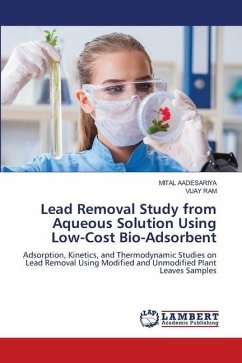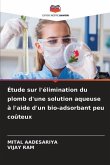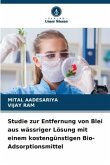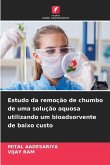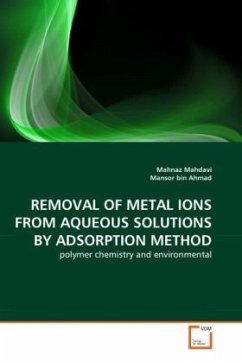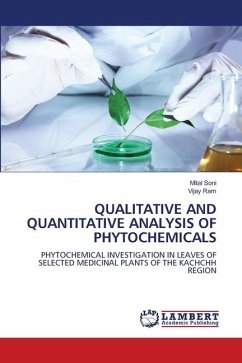This study describes the use of plant waste as a bio adsorbent material for Lead ions removal from aqueous solutions. Abutilon pannosum (APL) and Grewia tenax (Forssk.) leaves (GTL) waste were used as an adsorbent after being modified by acid, base and organic solvents. Through the batch experiments the study was done as a function of pH, time, concentration of adsorbent as well as adsorbate, temperature etc. The adsorption mechanism was understood using various isotherms, kinetics and thermodynamic modeling. Kinetic studies are found best fitted with pseudo second order followed by Elovich and Bangham. Results of the isotherm study indicate that after modification, the adsorption capacity of the plant sample has increased. Kinetic studies are found best fitted with pseudo 2nd order which indicates that chemical adsorption plays a significant role in the rate-determining step. Isotherm studies are found best fitted with Langmuir and Redlich-Peterson which have well-described monolayer adsorption process. Thermodynamic studies reveal that the adsorption process is spontaneous and inversely proportional to the temperature, therefore, the system exhibits exothermic nature.
Bitte wählen Sie Ihr Anliegen aus.
Rechnungen
Retourenschein anfordern
Bestellstatus
Storno

